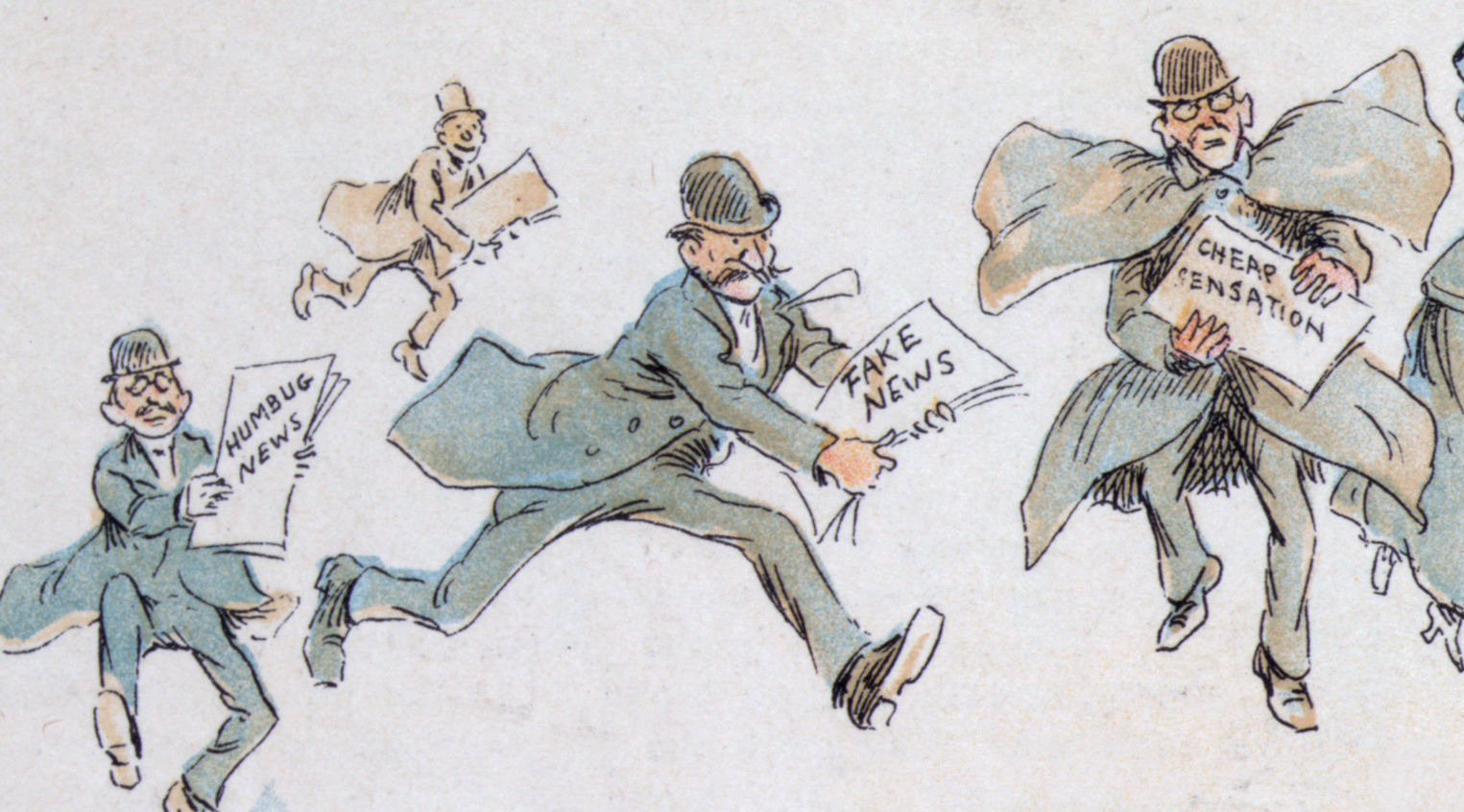Currently, there are many definitions of fake news – Typically, it refers to the distorting (or exaggerating) or falsifying reports on the current political state (or any other topic, really).
It is meant to mislead the audience, if not out-right lie about a subject.
There are usually multiple goals behind fake news:
In simpler terms, FAKE NEWS = LIES

Fredrich Burr Opper - Fake News - 1894
University of Toronto Scarborough Library
1265 Military Trail, Toronto, ON M1C 1A4 Canada
Email help
416-287-7500
Map
About web accessibility. Tell us about a web accessibility problem.
About online privacy and data collection.
© University of Toronto. All rights reserved.
